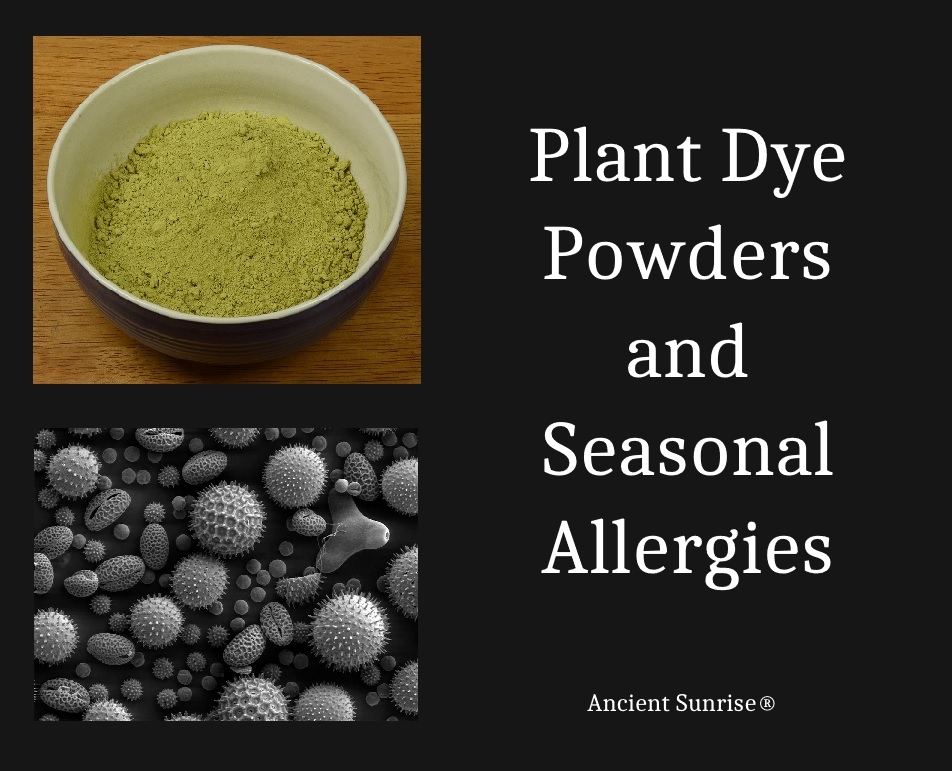
Fall is upon us. For many, this means sniffling, sneezing, headaches, and itchy eyes. Some people who are sensitive to hay fever and seasonal allergies may notice that they are affected when mixing their henna for hair, while it is on their head, or after it is rinsed out. This is far from serious, and easy to fix. If this sounds like you, keep reading to learn what may be happening and how to avoid experiencing discomfort in the future.
Henna
In cases of itching, sneezing, headache and other mild allergy symptoms, henna itself is rarely the primary culprit. Allergies to henna itself are extremely rare. Rather, during times when histamine levels in the body are already high (spring, fall, or whenever you normally get seasonal allergies), the body can confuse plant dye powders with pollen or other actual allergens. As a result, some may notice an itchy scalp, headache, or other discomfort while dyeing their hair with henna, indigo, and/or cassia. Most of the time, this is easily ameliorated with an over-the-counter oral antihistamine.
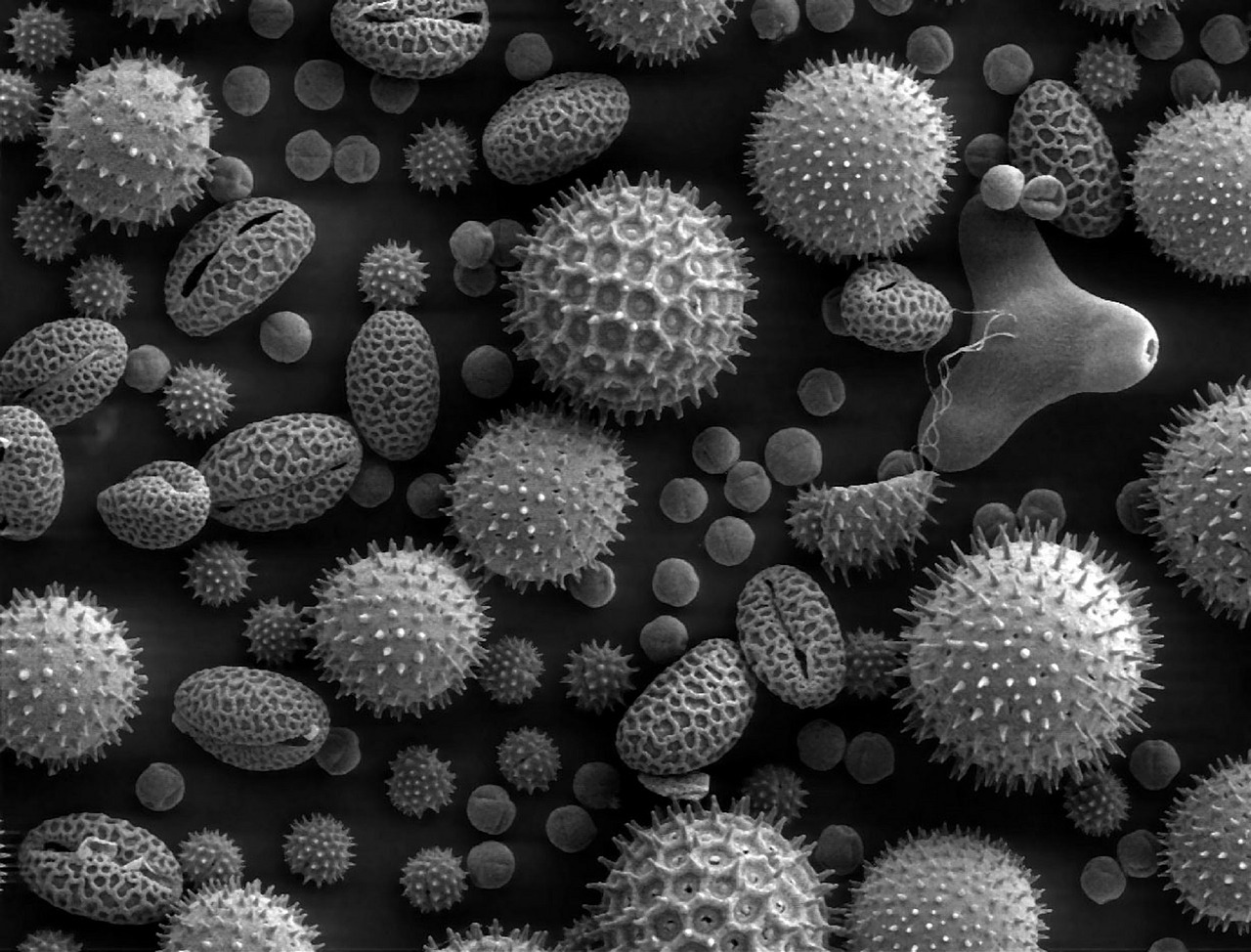
For those who have a genetic G6PD deficiency, exposure to lawsone and a number of other things such as fava beans can set off oxidative haemolysis. This is particularly dangerous for male infants with homozygous G6PD deficiency. This is not an allergic reaction, but important to keep in mind.
Indigo
Sensitivity to indigo powder is more common than to henna, and can cause dizziness or headaches for people who are allergic to mold spore. The presence of spore in indigo powder varies from batch to batch; if there is spore, the amount is minuscule and harmless except to a person with severe mold allergies. Indigo leaves must be partially fermented to release the precursor, indoxyl, which will dye hair. This partially fermented and dried indigo leaves are called vashma, the indigo used to dye hair. This change through microbial action is not unlike the process that changes wheat paste into bread dough; microbial action is necessary to make the base material useful. If your body is severely allergic to mold spore, you may have an allergic reaction to the remaining spore in fermented hair dye indigo through cross-sensitization.
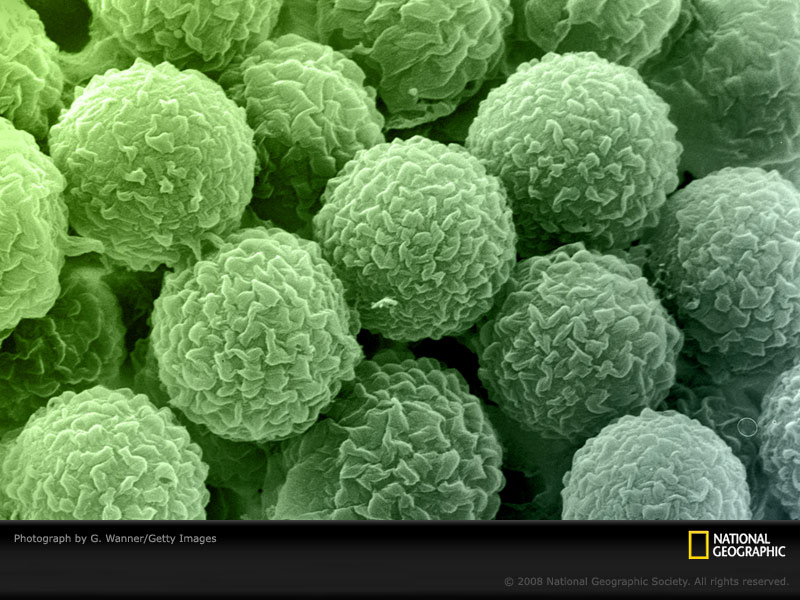
A magnified image of mold spores.
Source: http://science.nationalgeographic.com/science/enlarge/allergy-mold-image.html
To avoid indigo headaches, try not to inhale any particulates when mixing the paste, then apply and wrap quickly. Some people find that the smell of indigo is the main cause for their headaches. Mixing a spoonful of instant vanilla pudding powder can neutralize the smell. For others, switching from one type of indigo to the other (from Ancient Sunrise® Zekhara indigo to Ancient Sunrise® Sudina indigo or vice versa) or decreasing the amount of indigo used can minimize symptoms.
If I’m allergic to hair dye, is Ancient Sunrise® henna for hair safe to use?
Yes. You can feel safe in knowing that any reactions from Ancient Sunrise® plant dye powders are in no way related to para-phenylenediamine (PPD) sensitivity. Those who have allergies to conventional hair dyes can safely use Ancient Sunrise® products. Unless you have a G6PD deficiency, as mentioned above, any reaction to henna or other plant dye powders will be mild and far from life-threatening.
If it’s not seasonal allergies, then what’s happening?
Besides seasonal allergies, there are other explanations for the discomfort some can experience while using henna for hair, and they all have easy solutions.
Headache: If you experience a feeling of tension and pressure while the paste is on your head, it may be due to the weight of the paste. This is especially common for those who have thick and long hair. This weight can put pressure or strain on the neck, causing headaches. Make sure to apply and wrap in a way that makes your head and neck feel comfortably balanced. If you are able to, spend most of the processing time sitting or lying down in a position where your head is supported. Some prefer to apply their mix at night, and leave it in as they sleep.
Headaches can also come from the altered direction of the hair follicles. Our hair tends to grow in a certain direction. When we apply a henna paste, it pulls and holds it in a different direction than it is used to, causing some minor discomfort. Play around with the way you apply your paste. Some prefer to arrange their hennaed hair in several twisted sections. Others try to keep their hair in its natural direction, twisting the length into a bun at the base of their neck.
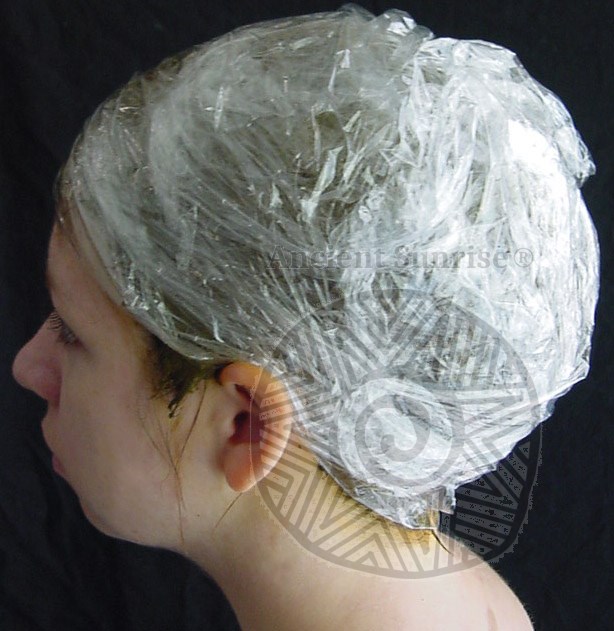
Apply and wrap in a way that is comfortable for you.
It is also helpful to note that applying henna to the full length of the hair is not necessary if you have previously hennaed your hair. Unless you would like to deepen the color further, a root application will suffice. Henna will not fade from the hair. Root applications will cut down on the amount of paste used, and therefore the amount of weight on your head. It’s also more cost effective!
Itchy scalp: Some notice that their scalp feels dry and itchy after dyeing their hair with plant dye powders. Seasonal allergies can definitely cause this. Other reasons include the acidity of the paste, and residue left over after rinsing.
Henna is not drying nor damaging. However, some people are sensitive to certain fruit acids. Undiluted lemon juice can be too harsh for sensitive scalps, as can full-strength apple cider vinegar. If you use either in your mix and notice that your scalp feels dry or itchy afterward, dilute with distilled water, or consider using another fruit acid. Some find that they do better avoiding any citrus juice. Apple juice is quite gentle, but still acidic enough for an effective dye release. Ancient Sunrise® Malluma Kristalovino and Ancient Sunrise® Kristalovino fruit acid powders are the gentlest of the fruit acid powders offered by Ancient Sunrise®. They are derived from grapes.
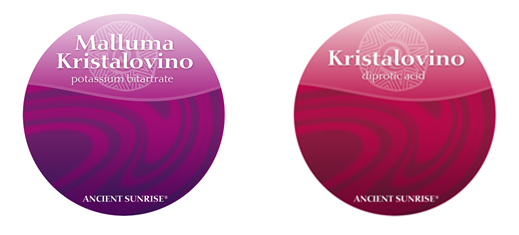
An itchy scalp and hair that feels dry can come from not fully rinsing out the paste. Plant powder residue, as it dries, can make the scalp itch the same way some dirt or sand might. It increases friction between hair strands, causing it to tangle. Be sure that your hair is fully rinsed by submerging and swishing it in warm water, then pulling a handful of conditioner through it to allow any excess plant particulates to slip out. If you prefer not to use conditioner, a vinegar rinse can help give the hair more slip as well. Follow with a good shampoo. Don’t be afraid to rinse and wash the hair multiple times.
Because an effective henna treatment requires a person to shampoo their hair both before and after, the scalp can be pretty stripped of its natural oils. It may help to rub some oil or serum into the scalp after rinsing and drying the hair. Please do not put oils into your henna mix!
If you have any additional concerns about Ancient Sunrise® henna for hair and plant dye powders, feel free to call, email, or chat with Customer Service. Please note that they cannot diagnose, prescribe, or offer medical advice.

Hi
I have used a indigo in my hair (not your product but it stated was only indigo plant) and seem to be having a reaction much like I do to chemical hair dyes. Can straight indigo plant cause this? Looking fir information.
Naomi